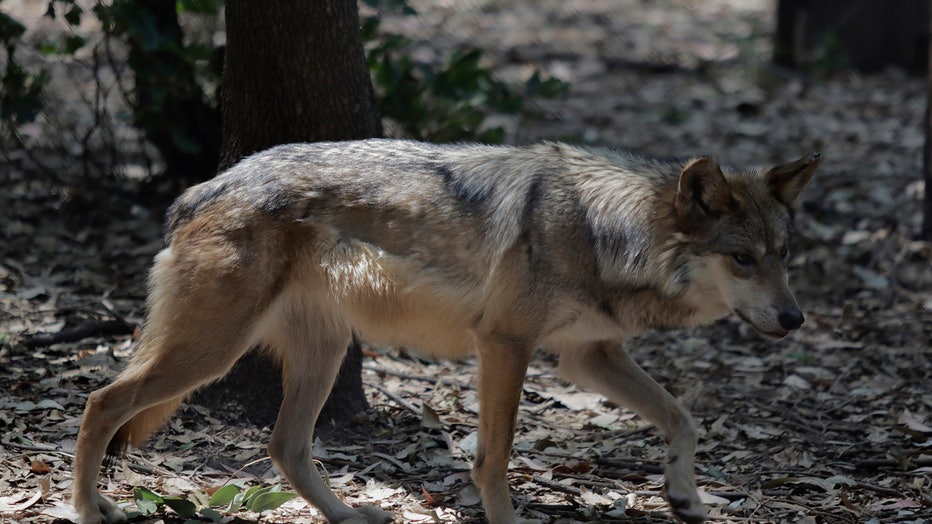Arizona ranchers to be paid for removing livestock carcasses away from wolves
PHOENIX (AP) - The Arizona Livestock Loss Board is implementing a new incentive program that will compensate ranchers for removing livestock carcasses to locations where they aren’t accessible to Mexican wolves.
Officials announced Wednesday that the board will pay ranchers $250 for each carcass that is made unavailable to wolves.
The board was formed by the Arizona Legislature in 2015 and one of its charges was to research ways to reduce livestock depredations by Mexican wolves.
One measure that stood out as being effective in other states was removing livestock carcasses from wolf-occupied areas to avoid wolves being drawn to and remaining in the area as they scavenge the carcass.
At a recent Arizona Livestock Loss Board meeting, a rancher from Springerville said carcass removal was effective in managing depredations on her working ranch.
Although ranchers and Arizona Game and Fish Department personnel have been removing carcasses for years, the number has been limited by the cost of removals and the limited time that agency personnel have been able to commit to the program given the high demand in managing the wolves themselves.
The Mexican wolf is the rarest subspecies of gray wolf in North America. According to the most recent survey released in early 2022, there were at least 196 Mexican wolves in the wild in New Mexico and Arizona. It marked the sixth straight year the population had increased.
More Arizona headlines
- Stories of Perseverance: Arizona burn survivors traveled to Africa for days-long trek up Mount Kilimanjaro
- Super Bowl LVII: A guide for getting to Downtown Phoenix for the Super Bowl Experience
- City of Scottsdale requires licensing for short-term and vacation rentals – and now Mesa does too

MEXICO CITY, MEXICO MAY 25, 2022: A Mexican wolf (Canis lupus baileyi) specimen seen in captivity at the Chapultepec Zoo. On May 25, 2022 in Mexico City, Mexico. (Gerardo Vieyra / Eyepix Group/Future Publishing via Getty Images)

